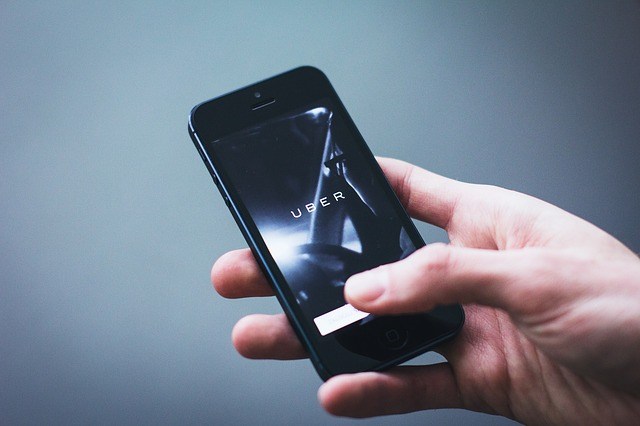To say that rideshare companies like Uber and Lyft are popular in Southern California is quite an understatement. Rideshare trips are used for daily work commutes, running errands, and going out on the town. They’re so popular because they provide flexibility and ease of mind: passengers don’t need to worry about parking or how many drinks they have at a party. Passengers might worry, though about what to do after a car accident in an Uber, Lyft, or other rideshare vehicle.
If you are the passenger in a vehicle, you are not at fault in the accident. Therefore, someone else must pay for your injuries. When figuring out what to do after a car accident, you might wonder whether the rideshare driver’s insurance will cover you. The answer is yes, it will pay for your damages, up to the coverage limits.
Lyft and Uber Drivers’ Insurance Covers Injuries to Passengers
Both Lyft and Uber provide supplemental insurance when drivers have the ridesharing app on. The coverage levels depend on whether the driver is waiting to be contacted for a ride, the driver is en route to pick up a passenger, or the passenger is in the car. For the time that a passenger is in the vehicle, Uber and Lyft both have $1,000,000 in liability coverage for death, personal injury, and property damage. This insurance pays for injuries to the passenger if the rideshare driver causes an accident.
If a driver other than the rideshare driver causes an accident, the rideshare company’s insurance still protects the passenger. Rideshare companies must carry $1,000,000 in uninsured and underinsured motorist insurance. This policy protects passengers in hit-and-run accidents and in accidents that an uninsured driver causes. Also, if a passenger’s damages exceed the at-fault driver’s limits, the rideshare policy will kick in, up to one million dollars.
California Law Requires Uber to Pay for Passengers’ Injuries
In 2014, California passed a law requiring transportation network companies to carry one million dollars in liability insurance and one million in uninsured and underinsured motorist coverage. This insurance provides the primary coverage for passengers in ridesharing vehicles.
California passed this law in part because with the growing popularity of ridesharing services, passengers were asking what to do after a car accident in one of these vehicles. While drivers had personal auto insurance, most did not have commercial insurance. Many personal insurance policies exclude coverage for commercial activities. If a rideshare driver caused an accident, claims against their insurance policies were denied. Oftentimes, the insurance companies also canceled the drivers’ policies.
The transportation network companies’ policies now cover rideshare drivers while they are working, with some limitations. Therefore, passengers no longer need to wonder what to do after a car accident in an Uber or Lyft.
What To Do After A Car Accident In an Uber Vehicle?
As a passenger hurt in a car crash, your first task is to make sure you are safe. If you are injured and are able to use your phone, call 9-1-1 to report the accident. When the vehicle is in the way of traffic, get out and move safely to the side of the road, if you are able. If you are unable to move, keep your seatbelt on and wait for help to arrive. After the driver moves the car to the side of the road, you can stay in the car if it is in a safe place, or you can exit the vehicle.
Record the driver’s contact information, driver’s license number, and license plate number. Even though the driver is required to report the accident and the driver’s information is in your app, it’s still a good idea to get this. Also get contact and insurance information for the other driver. If you are hurt, however, remain still. You can get the contact information later from the police report or the transportation network company.
If you can take photos or videos of the accident scene, do that. Also, write down or voice record what happened with as much detail as you can remember.
If an ambulance doesn’t transport you, seek medical care as soon as possible. Even if your injuries seem minor, you should seek medical evaluation. If you do not seek care following the accident an insurance company may deny or minimize your claim because you didn’t seek medical attention in a timely fashion.
